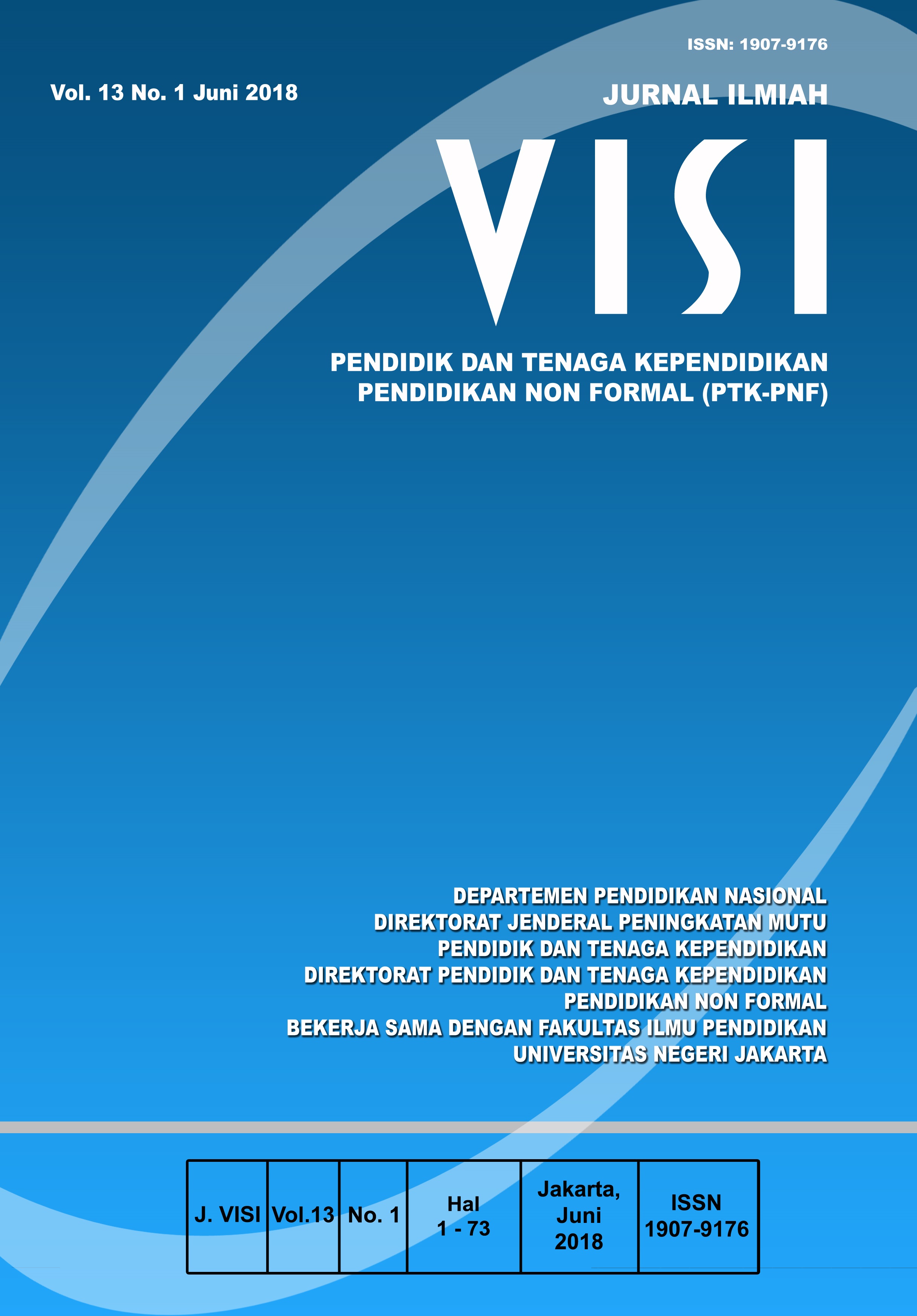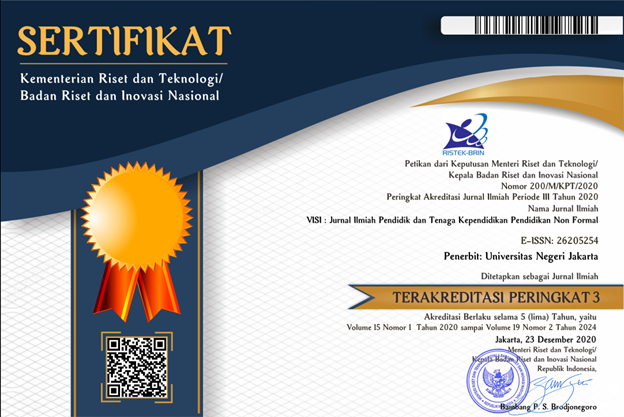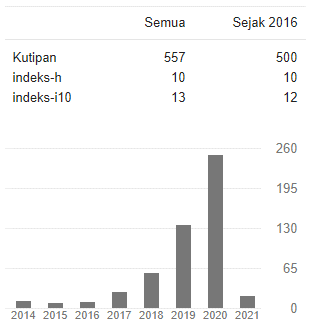MODEL SUPERVISI PEMBELAJARAN MOLIT’O PAUD
DOI:
https://doi.org/10.21009/JIV.1301.7Keywords:
supervision, instructional Moliti’OAbstract
Supervision is seen as important to be developed after taking into account the facts, problems, and stakeholders of PAUD in the exploration study in May 2017. The Moleconomic Instructional Supervision Model aims to (1) solve the problems faced by PAUD educators regarding PAUD education standards, (2) concepts that underlie the supervision of Moliti’O instructional become one of the problems faced by PAUD educators regarding PAUD education standards, and (3) Finding a model of supervision of Moliti’O instructional that can foster the imagination of learners. The results of the discussion show a model of supervision of instructional needs to consider the characteristics of the subject studied. Early-age children who are still in the preoperational stage require a model of instructional supervision that can foster the imagination within the learners as well as the deepening of a model of supervision of instructional Moliti’O as well as guidelines for supervision of instructional Moliti’O.
References
Arikunto, S. (2006). Dasar-dasar supervisi. Jakarta: PT Rineka Cipta.
Mulyasa, E. (2007). Menjadi kepala sekolah profesional. Bandung: Remaja Rosdakarya.
Prasojo, D.L. & Sudiyono. (2011). Supervisi pendidikan. Bandung: Remaja Rosdakarya.
Purwanto, N. (2005). Administrasi dan supervisi pendidikan. Bandung: Remaja Rosdakarya.
Pusat Pengembangan Tenaga Kependidikan. (2014). Supervisi akademik implementasi kurikulum 2013. Jakarta: Kemdikbud.
Sahertian, A.P. (2008). Konsep dasar dan teknik supervisi pendidikan. Jakarta: Rineka Cipta.
Sudjana, N., dkk. (2011). Buku kerja pengawas sekolah. Jakarta: Pusat Pengembangan Tenaga Kependidikan, Badan PSDM dan PMP Kemendiknas.
Downloads
Published
How to Cite
Issue
Section
License
Authors who publish with this Journal agree to the following terms:
- Author retain copyright and grant the journal right of first publication with the work simultaneously licensed under a creative commons attribution licensethat allow others to share the work within an acknowledgement of the work’s authorship and initial publication of this journal.
- Authors are able to enter into separate, additional contractual arrangementfor the non-exclusive distribution of the journal’s published version of the work (e.g. acknowledgement of its initial publication in this journal).
- Authors are permitted and encouraged to post their work online(e.g. in institutional repositories or on their websites) prior to and during the submission process, as it can lead to productive exchanges, as well as earlier and greater citation of published works.
- Users/public use of this website will be licensed to CC BY-NC-SA Creative Commons Attribution-NonCommercial-ShareAlike 4.0 International License









